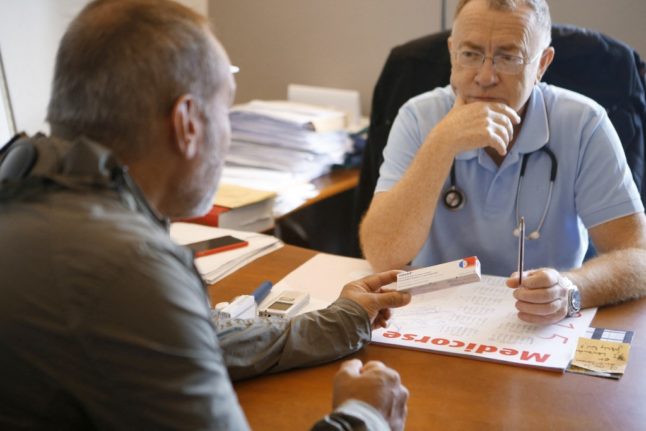Under Italy's latest emergency decree, the government on Friday tightened the coronavirus rules over the Christmas and New Year period, as well as keeping many existing measures in place, as it seeks to avoid a new spike in infections over the holidays.
Domestic travel will be limited not only within the higher-risk zones classed as red or orange under Italy's tier system, but also between all regions from December 21st to January 6th, and between all towns on Christmas Day, Boxing Day and New Year's Day.
The new decree included restrictions on visiting second homes in Italy which last week appeared to state that travelling from your main residence to a second home anywhere in Italy was forbidden between December 21st to January 6th, regardless of zone colour.
However the government on Wednesday issued the following clarification in an FAQ on its website:
- From 10pm-5am any movement is prohibited (under the nationwide evening curfew), except for reasons of work, health or necessity,
- In yellow and orange areas, you can travel to your second home if it is located in the same municipality (as your ordinary residence).
- In yellow areas only, if the second home is in the same region, but in a different municipality, you can travel there on any date except for December 25th and 26th 2020 and January 1st 2021”



 Please whitelist us to continue reading.
Please whitelist us to continue reading.
Member comments